Tents – division and description
Tents, in which we now occasionally sleep, were sometimes in the past used as permanent shelters. Today a tent is used mainly during summer holidays, some people sleep in it in the winter mountains. Only a small part of the population lives in tents permanently. In history we can find tents from Indian tribes; so called Tepee. From desert tribes we have yurts. In permanent summer camps, a house shaped tent is used. These tents have a high level of comfort owing to beds that sit at 40 cm above the ground. Camps also use huge tents of a garage shape which serve as canteens, a gathering place and for material storage.
When you travel from place to place and carry everything on your back (or in a canoe), it is necessary to have tents of different sizes and weights. The most commonly sold are tents for 2-3 persons. These tents are comfortable for two even with rucksacks.
Shapes and construction types
Geodesic or tunnel tents are the most popular shape for travel. In terms of space efficiency, the tunnel tent is the better design. However, the tunnel tent relies on secure anchoring where as a geodesic cen be free standing.
Tents for travelling will most often have a "two wall" design. The outer "wall" is a waterproof layer. The added inner "wall" improves comfort by providing added insulation and encouraging air circulation. One-coat tents are only bivouac tents or used as a very cheap product for one season.
Today, tents are predominantly made from synthetic materials. One wall tents are sometimes made from cotton. Cotton is a natural material, tents were originally made from it and even today it is irreplaceable.
Outer walls are from polyamide fabric with a polyurethane layer . Tents of a lower quality are made from polyester fabric. The outer side of the outer wall is covered with silicon, it is impregnated to repel water. Seams have to be taped over, so it is waterproof all the time. The outer coat colour is an important factor in your choise. Lighter colours bring more light into the tent.
Ground sheets are made of similar materials like the outer wall of the tent. However, the material is usually thicker and is coated with more silicon. This makes it quiet a heavy part of the tent.
Tent construction is made from dural poles or as a cheaper alternative, laminate. Tents for extreme conditions have poles made from mixtures with scandium. Some producers offer more variations of tent construction.
Inner tent the “bedroom“, should be made to allow good air circulation and ventilation. For summer months it should be equipped with a mosquito-net.
How to choose a tent?
Similar as with the other outdoor equipment, it is necessary to decide when You will use the tent.
Trips on bikes, on foot or in canoes will suit tents with a lower weight that can be easily pitched up. In water sports you do not have to watch the weight so much. It is pleasant to have a tent in which you can sit or kneel.
Trekking it is important to take a climatic conditions into consideration. Tent should have a durable construction, snow collars, lighter weight and easy set-up. For winter trekking is more suitable tent with two entrances.
Camping choose bigger tents, the weight does not play an important role. It is good if you can stand in it.
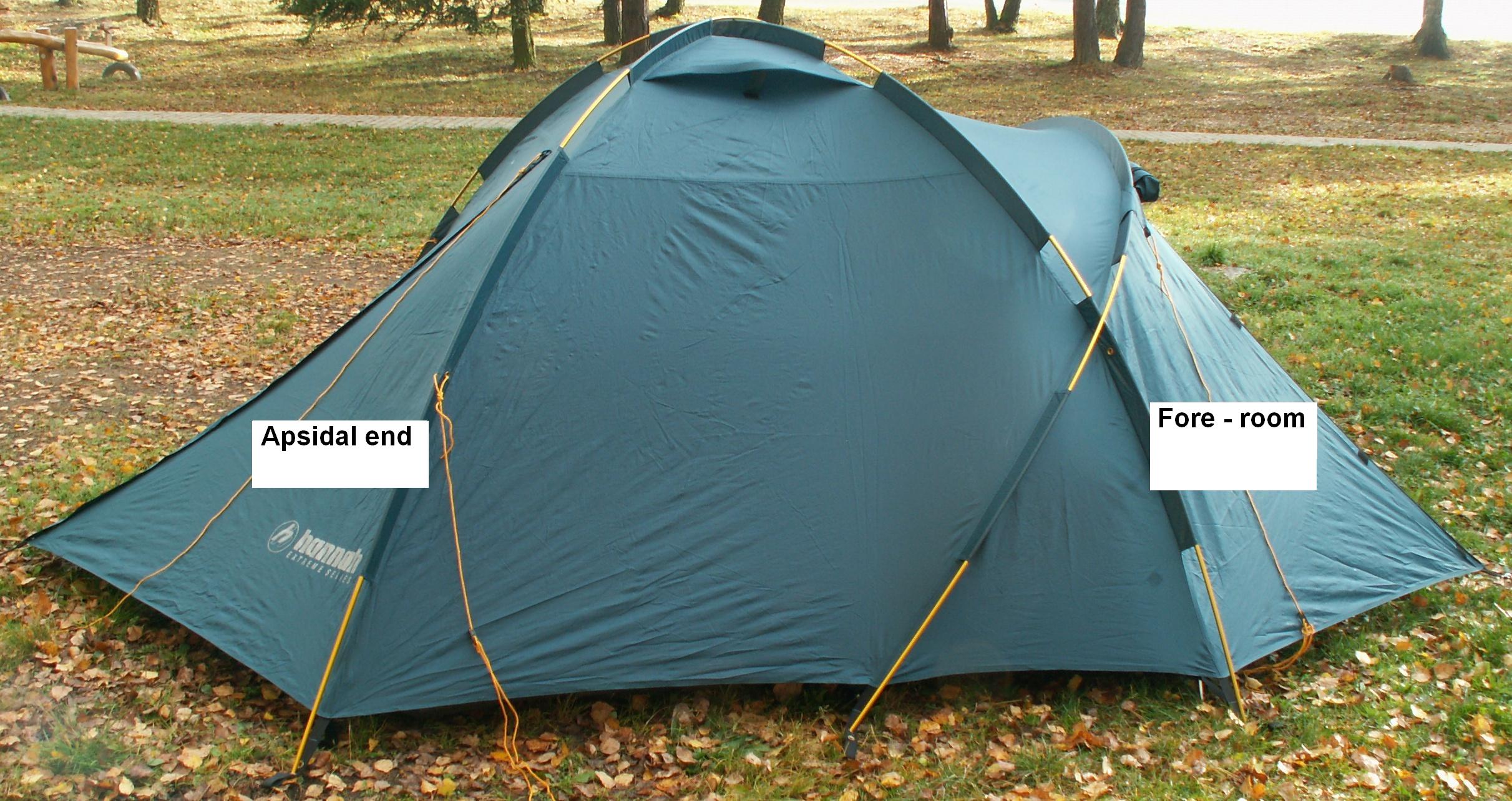
Apsidal end – (left) the enlarged space due to the outer wall shape.
Fore-room – (right) the enlarged space due to the outer coat wall and added construction
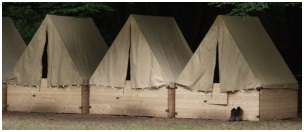 | |
| Tents on the construction provide sufficient comfort during summer camps | |
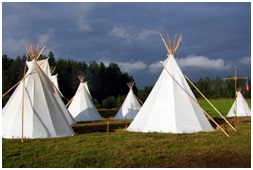 | |
| Traditional Indian Tepee – tents for permanent camps or for a common meetings | |
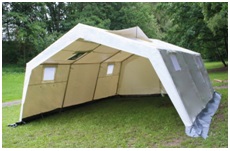 | |
| „Hangar“ serves as a stock or gathering place | |
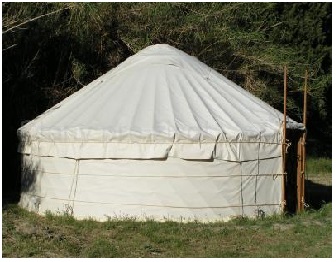 | |
| Mongolian yurt – tent for permannet living | |
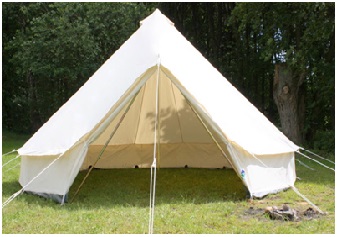 | |
| Gobi - tent with a shape of dezert nomads | |
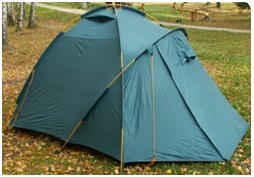 | |
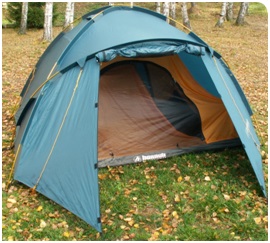 | |
| Geodetic tent with a self supporting construction | |
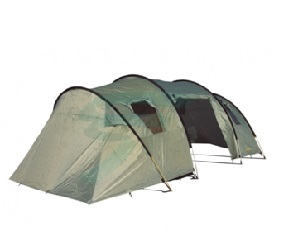 | |
| Huge family tunnel tent | |
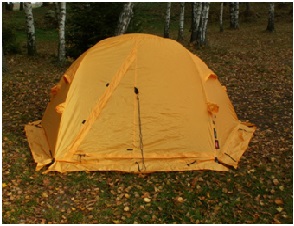 | |
| Winter tent with snow valances | |
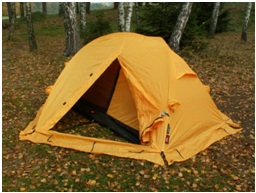 | |
| Foreroom of a winter tent |
